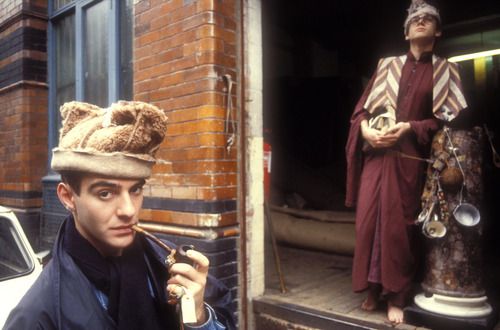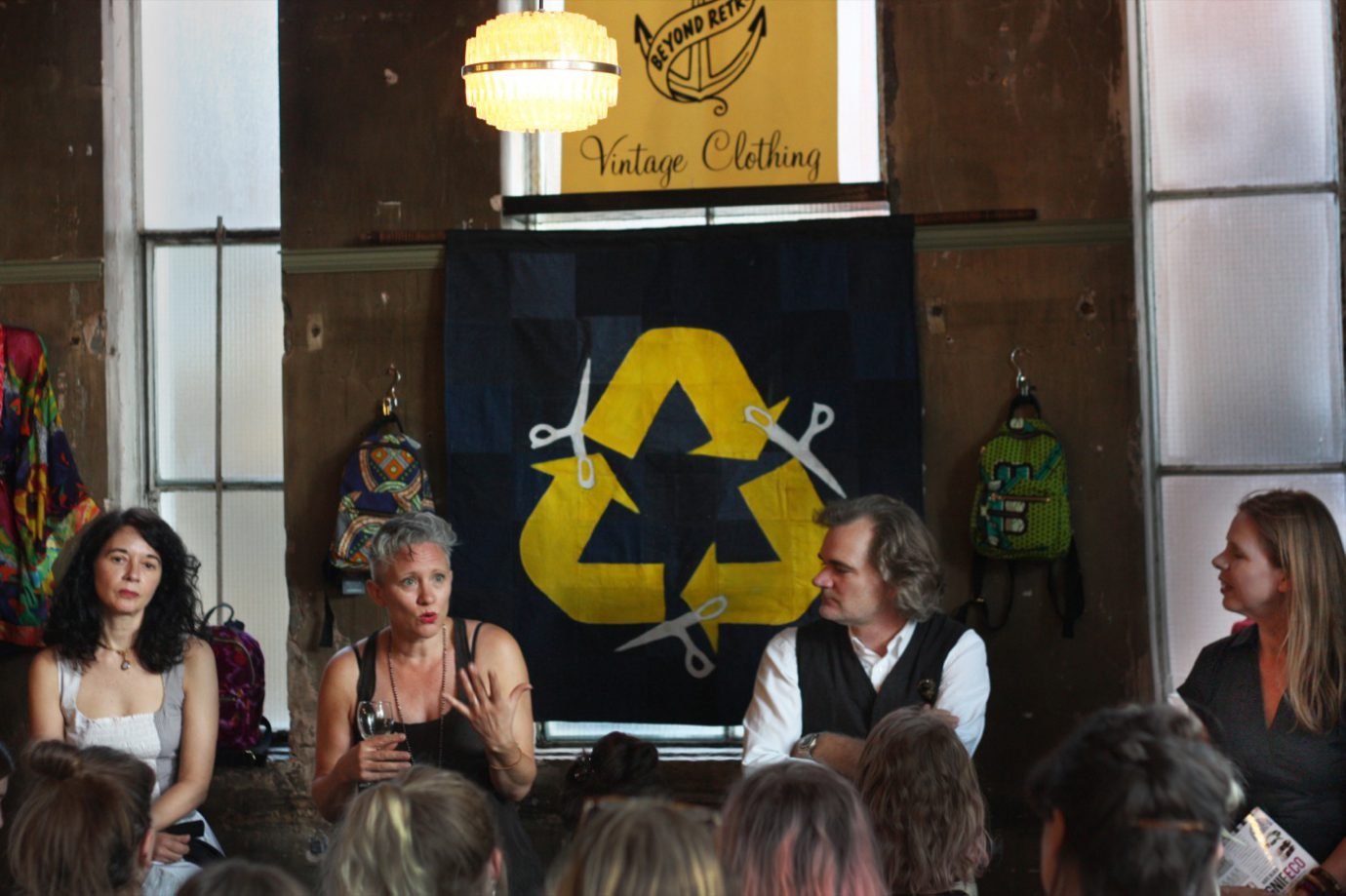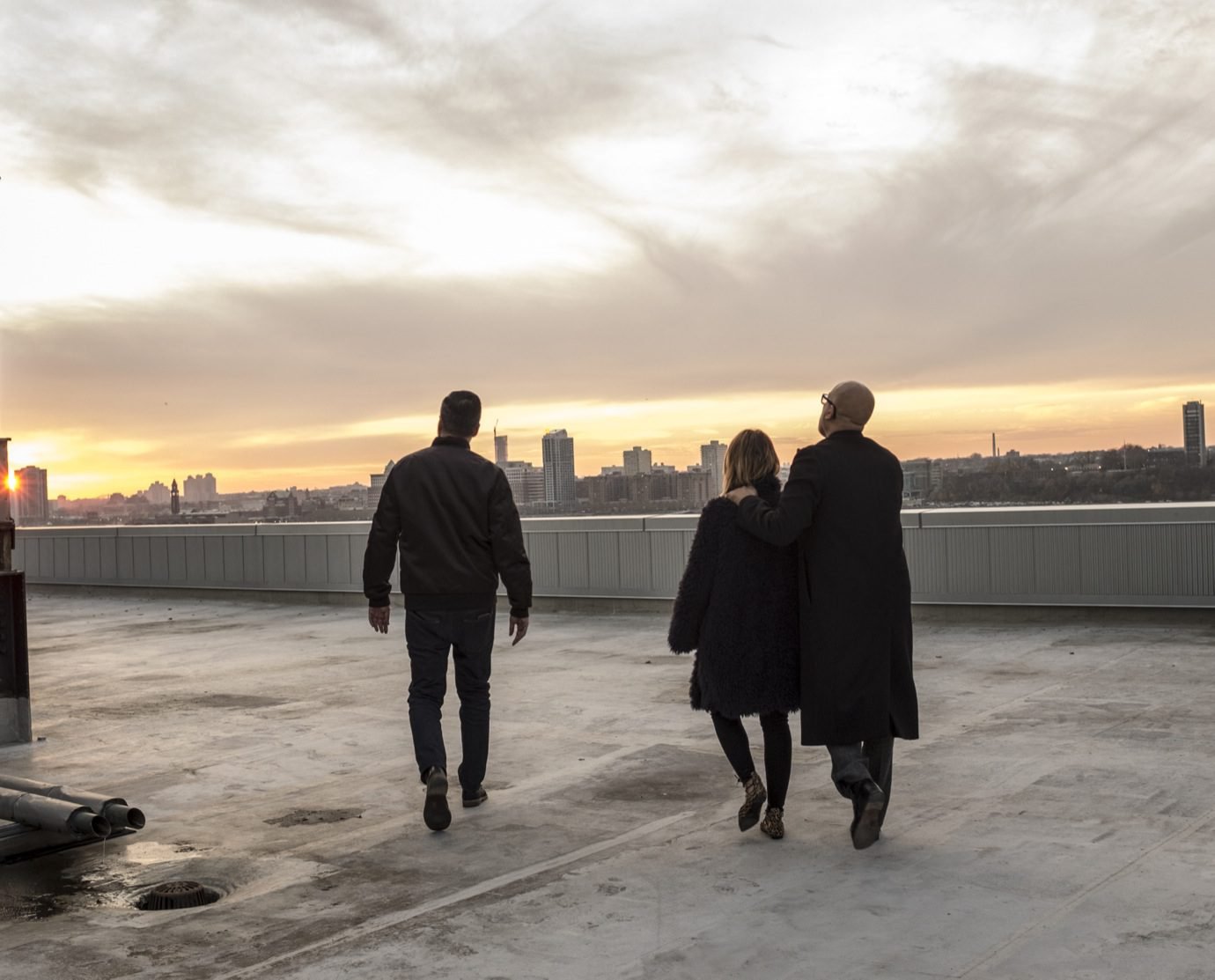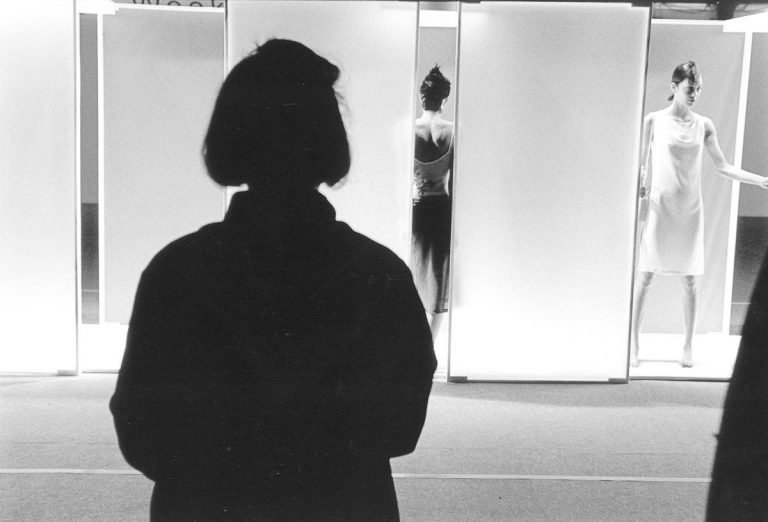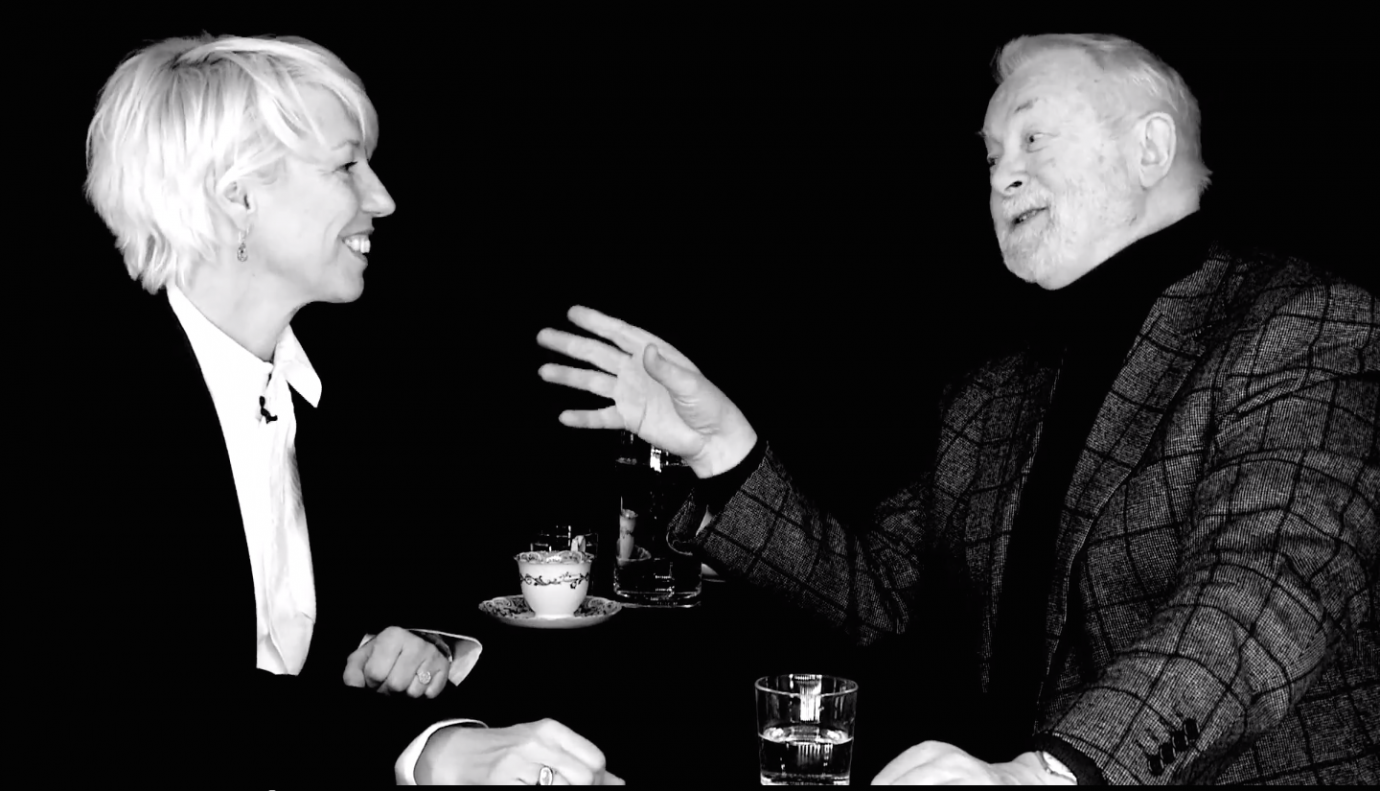1. John initially applied to the foundation course at Central Saint Martins to learn design. “I didn’t have an artistic background. I went to Wilson’s Grammar School for boys and then went on to do further education.”
2. In the 80s, St Martins was considered more a ‘traditional’ art school: “You were encouraged to move among the film department, the graphic artists, the sculpture department… Things were open and you were encouraged to move around in different fields. It has become a lot more compartmentalised.”
3. CSM didn’t really prepare Galliano for starting his own label. The only course dedicated to this, at the time, was called ‘Business Game’, and they were basically the last two days of the degree. He didn’t go. Luckily, he didn’t have to focus on the business side so much in the beginning, as he immediately received the support of the independent fashion boutique Browns. “I graduated and the next day I veiled my collection all the way up in South Molton Street.”
4. His first client was Diana Ross, who bought an Incroyables dress.
5. When doing his shows, Galliano would give the models a narrative. A lot of the models had never worn clothes like his before, with all of their drama. “We’d spend time in front of the mirror and give them a character. They loved the direction; they enabled the clothes to lie. You could see the details, hear the rustle of the silk. It gave them a command.”
6. He missed the rise of social media and Instagram during his break from the runway. “When I saw the video for the [Margiela] show, I couldn’t see the clothes! Because I’ve been out for 4 years and then I see that everyone’s holding iPads and iPhones, and I thought “That wasn’t there the last time around!”
7. For the first collection as the creative director of Margiela, Galliano spent a lot of time studying the work of its founder, but he didn’t intend to copy it. “I wanted it to live on. A lot of the pieces are from costume jewellery I collected from flea markets over the four years I was away.”
8. Although he respects the DNA and heritage of the Margiela house, he doesn’t want to become a slave to it, which is what happened at Dior. “ I kind of pushed myself in the corner and it was all about the bar jacket; or even at Galliano, it was all about bias cuts. So this time, I set out intentionally to rectify it, which I think is important. It is important to understand the DNA but also to move on. I think people want new things.”
9. He very much enjoys the process of creating couture garments for clients. “Working with actresses is amazing because of their brains: so much creativity. Sometimes, it’s very amusing. Especially some of the very grand ladies in Paris. They would tell me about the underwear that they wore with the bias cut dresses. Little things like that, these ladies would tell me, and I would just lap it all up.”
10. He wants to let the clothes speak, at Margiela, not his media personality. “I want to put the spotlight back on the clothes. That is what I have decided to do anyway in the 4 years that I’ve been away. It’s part of the DNA of the house so it just felt really comfortable to move away, and put the focus back on the clothes.”
Photography: John Galliano by Paul Hartnett, 1984

